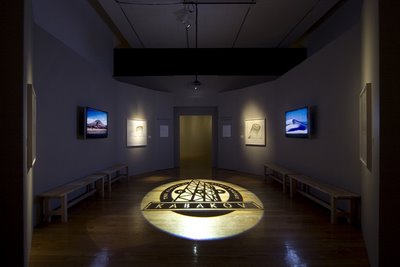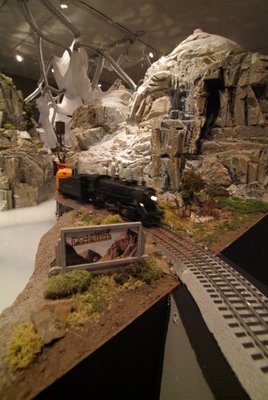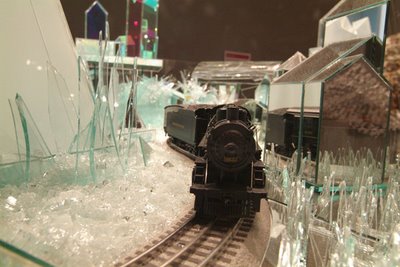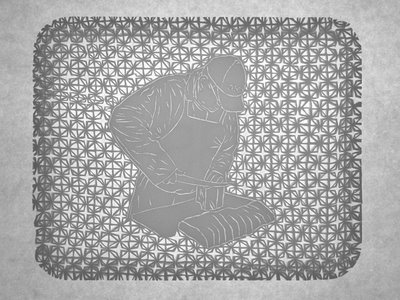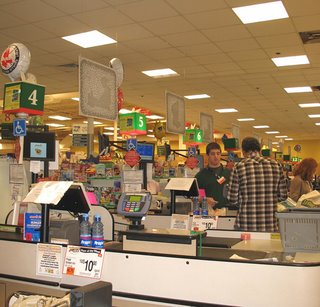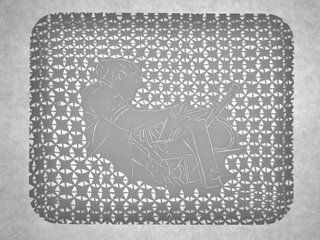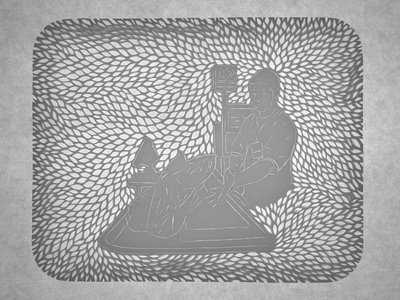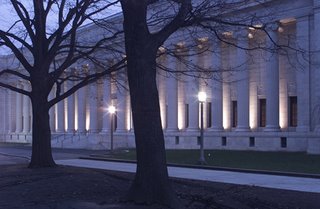“Music Video/Silent Film” at RISD
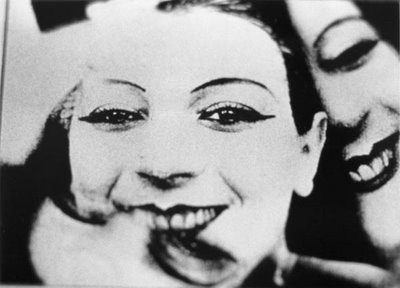
Here’s the beginning of my review of “Music Video/Silent Film: Innovations in the Moving Image” at the RISD Museum:
Michel Gondry’s 2002 music video for the White Stripes’ garage punk ditty "Fell in Love With a Girl” — the one in which he animates Jack and Meg White in Legos — is one of the great motion picture feats of our era. And it’s pretty dang cool too.Read the rest here.
Now atop all its accolades (2002 MTV Breakthrough Video, etc.), it rumbles into the RISD Museum for a scholarly exhibit dryly titled “Music Video/Silent Film: Innovations In the Moving Image.”
Curatorial assistant Maya Allison mixes recent music videos by Gondry, Chris Cunningham, and Evan Bernard for the Chemical Brothers, Beastie Boys, White Stripes, Leftfield, and Afrika Bambaataa with art films from the 1920s by Fernand Léger, Man Ray, Hans Richter, and Dziga Vertov. Her point: old art flicks and new music videos pursue similar formal experimentation and themes as they abandon narratives for musical structures like rhythm, repetition, and tempo. Her groupings get you thinking about the formal construction of the music videos in ways you might not usually, and give you a sense of how the old art films may have felt radical, hilarious, and crazy cool when they first appeared. The result is a fun small show that feels suspiciously good for you.
“Music Video/Silent Film,” RISD Museum, 224 Benefit St., Providence, Sept. 7, 2007, to Jan. 13, 2008.

Pictured from top to bottom: Still from silent film “Ballet Mecanique,” Fernand Leger and Dudly Murphy (1924), image courtesy of The Douris Corporation. Still from music video White Stripes “Hardest Button to Button,” Michel Gondry (2003), image courtesy of the artists and Kevin Holy.
Links to films and videos in the exhibition:
Man Ray “Return to Reason,” 1923.
Fernand Léger “Ballet Mécanique,” 1924.
Hans Richter “Ghosts Before Breakfast,” 1928.
Dziga Vertov “Man With a Movie Camera,” 1929.
Evan Bernard “Beastie Boys: Root Down,” 1995.
Chris Cunningham:
“Autechre: Second Bad Vilbel,” 1996-2002.
“Leftfield and Afrika Bambaataa: Afrika Shox," 1998.
Michel Gondry:
“White Stripes: Fell in Love With a Girl,” 2002.
“Chemical Brothers: Star Guitar,” 2002.
“White Stripes: Hardest Button to Button,” 2003.
And compare:
Michel Gondry: “Bjork: Human Behavior,” 1993, and “The Science of Sleep,” 2006.
Georges Melies “Voyage to the Moon,” 1902.
Keystone Cops “Bangville Police,” 1913.
Charlie Chaplin “The Tramp,” 1915.
The Disney “Silly Symphonies” “The Skeleton Dance,” 1929, and “The Old Mill,” 1937.
Richard Lester’s 1964 Beatles film “A Hard Day’s Night.”





